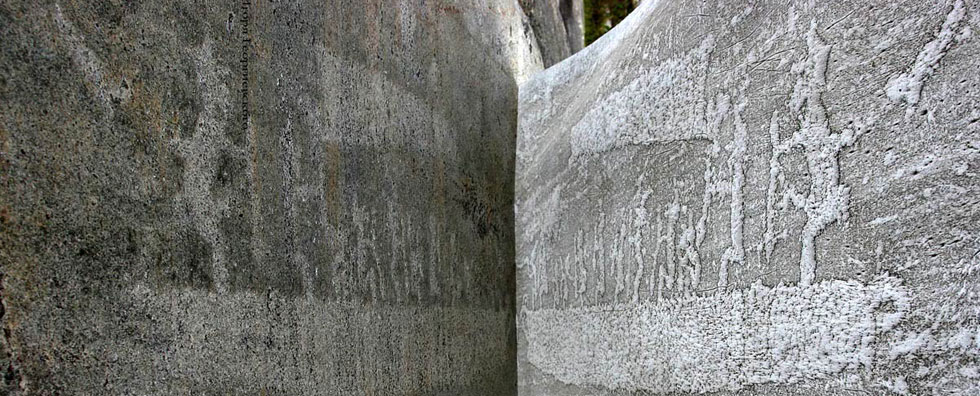
Issue №1, Vol. 20
Vasilyev S., Devjatnikova L., Kolesnikov G. The effect of the chipping log sections length on the fractional composition of wooden chips // Resources and Technology. 2023. №1, Vol. 20. P. 87‒111.
DOI: 10.15393/j2.art.2023.6783
The effect of the chipping log sections length on the fractional composition of wooden chips
| Vasilyev Sergey | Petrozavodsk State University, servas@psu.karelia.ru |
| Devjatnikova Lyudmila | Petrozavodsk State University, dev@petrsu.ru |
| Kolesnikov Gennady | Petrozavodsk State University, kgn@petrsu.ru |
|
Key words: chips production; disk chipper; pulpwood |
Summary: It was noticed that in the course of actual manufacturing process the length of the pulpwood fed into the disk chipper affects the fractional composition of the chips. A theoretical study confirmed the existence of a correlation between the length of the pulpwood and the fractional composition of the chips. In particular, the result of the theoretical study showed that the fractional composition of the chips manufactured from sections of logs chipped by a disk chipper depends on their length. Analytical research demonstrated that with the increased length of the chipped segment (all other things being equal), the yield of the standard chips increased. Thus, two tasks were set to be solved in an experimental way. The first one was to check the effect of the log chipping sections length on the fractional composition of the chips produced by a disk chipper. The second one was to establish how the proportion of short length sections of logs in the total flow of raw material supplied to the disk chipper affects the fractional composition of chips under actual industrial conditions. The experimental results showed that there was a correlation between the length of a log section crushed in a disk chipper and the fractional composition of the resulting chips when both upper and lower methods of chip evacuation were used. A decrease in the length of the crushed section in the studied cutting speed range (17-38 m/s) led to a decrease in the proportion of the standard fraction in the chips. During the industrial experiment, a correlation was also established between the proportion of short sections of logs in the total batch of raw material supplied to the chipper and the fractional composition of the chips produced. The dependences of the mass content of various fractions of wood chips can be approximated by linear expressions with a reasonable degree of accuracy. Studies in industrial conditions showed that a decrease in the proportion of log sections with a length of no more than 0.8 m in the total amount of pulpwood from 68 to 38% led to an increase in the yield of the standard fraction in wood chips by 2.5%. At the same time, there was also a decrease in the proportions of oversized and small fractions by 0.8% and 1.7%, respectively. The regression equations obtained from the results of the industrial experiment made it possible to establish the maximum permissible proportion of short sections of logs in the flow of raw material. Thus, the manufacture of wood chips that meets the fractional composition requirements for wood chips of the C1 brand according to GOST 15815-83 is possible in a chipper with a knife disk with a diameter of 2500 mm, if the proportion of log sections with a length of no more than 0.8 m does not exceed 45% in the flow of pulpwood supplied for chipping. |
Displays: 747; Downloads: 427;




